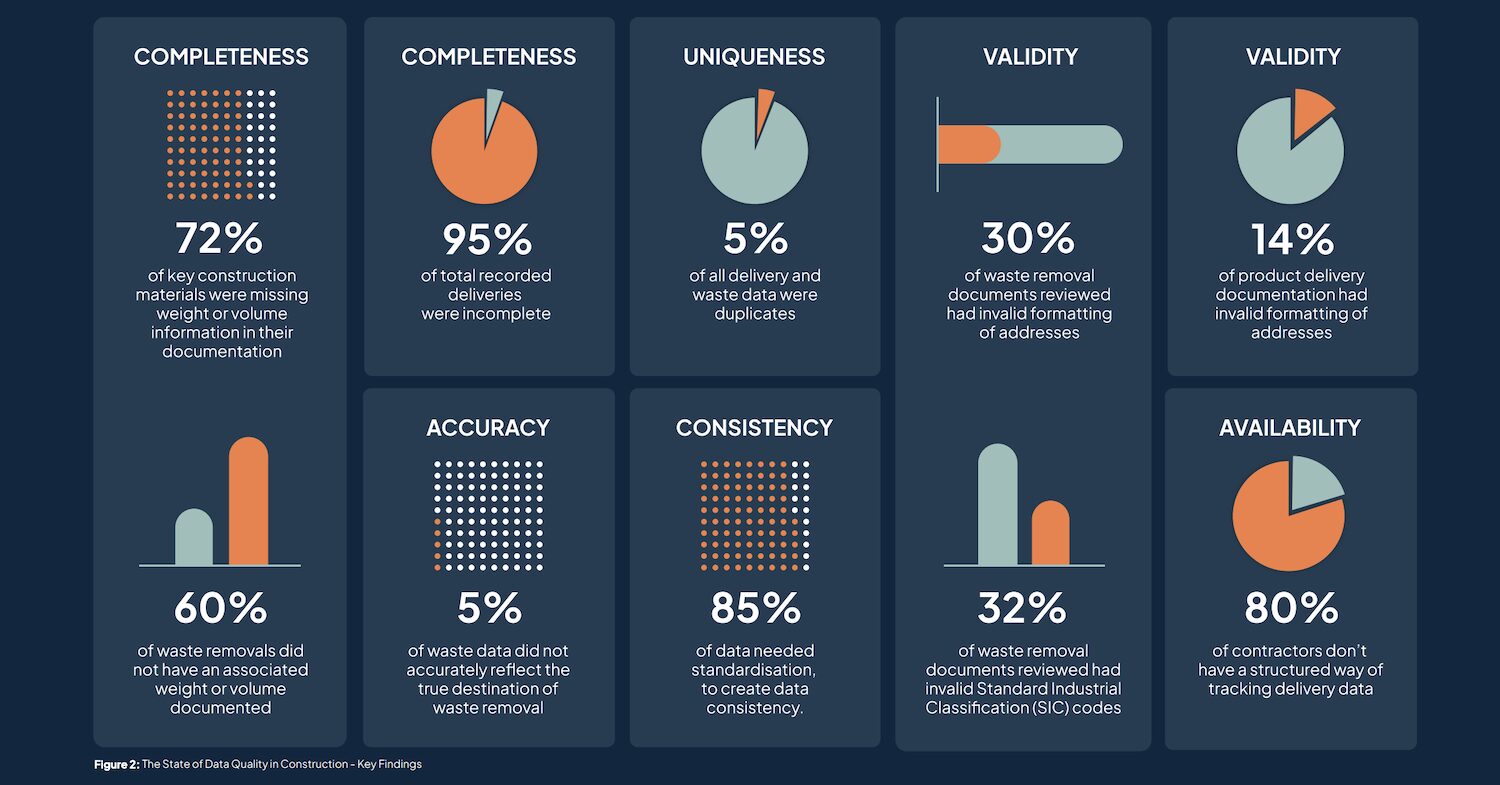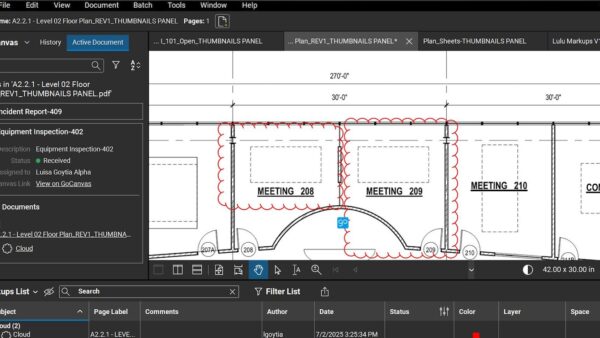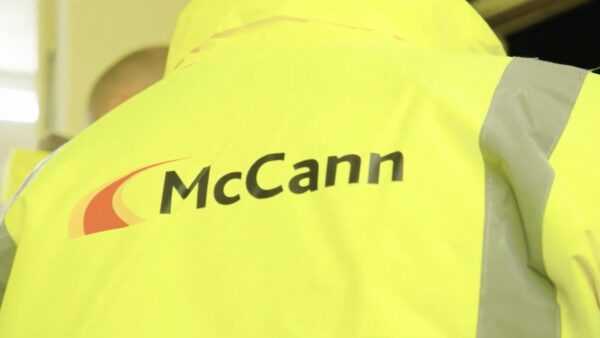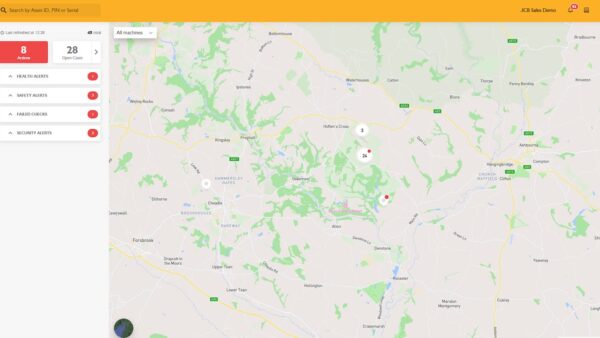
Only a third of construction materials records are accurate enough to support embodied carbon calculations, leaving most emissions reporting across the sector incomplete or unreliable.
That’s one of many uncomfortable findings in a new report, The State of Data Quality in Construction, from carbon analysis platform QFlow. The report analysed the data from more than one million documented deliveries and waste removals from more than 400 projects (the vast majority of which were in the UK) over six years.
The data analysed includes the delivery documentation for materials entering construction sites, and Waste Transfer Notes, which track waste being removed from projects. The report authors state that by using evidence of “genuine material quantities as they move through the supply chain, these two sources of information enable a reliable reflection of as-built data, eg data that corresponds directly to buildings once they have been built”.
Other attention-grabbing findings were:
- 91% of documentation requires improvement to make the data valuable;
- 95% of product deliveries contained poor-quality or incomplete documentation; and
- 60% of waste data is missing essential information such as weight.
Further findings are highlighted in the graphic below.

Addressing the problem
QFlow proposes four steps for improving the quality of materials and waste data:
- Include descriptive product names that can be easily interpreted by a human and allow for correct classification.
- Include weight and/or volume for all products and materials being delivered.
- Include the address details (dispatch and delivery) for each delivery.
- Waste documentation should include key data requirements, such as
- a description of the waste;
- the container for the waste;
- the quantity of waste;
- the date of waste movement;
- site address of waste collection and carrier address;
- carrier licence;
- facility permit or waste exemption relating to waste destination; and
- both European Waste Catalogue code and the Standard Industry Code.
QFlow says that if these four steps are adopted, up to 95% of the data completeness problems its report identifies can be solved.
Brittany Harris, QFlow CEO and co-founder, said: “Improving data quality is not just a technical necessity, it is a fundamental requirement for the future success of the construction industry. We need more quality over quantity. You can collect as much data as you want, but if it’s not accurate, it’s useless.
“We’re seeing project after project burdened by bad data that undermines compliance, inflates costs, and introduces unacceptable levels of risk. It is no longer sufficient for construction firms to collect data passively; we must now move to a system of curate, verify, and operationalise it to meet the regulatory and societal demands of the next decade.”















